
Voices in the Hall: The War and Treaty
About The War and Treaty Michael and Tanya Trotter are The War and Treaty, a celebrated Americana duo that has received praise and admiration from greats including Emmylou Harris, Buddy […]
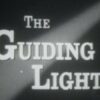 play_arrow
play_arrow
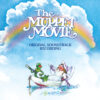 play_arrow
play_arrow
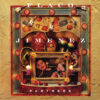 play_arrow
play_arrow
The Sounds of America: Flaco Jiménez’s Partners album BMPAudio
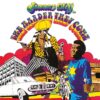 play_arrow
play_arrow
The Sounds of America: The Harder They Come Soundtrack BMPAudio
 play_arrow
play_arrow
 play_arrow
play_arrow
 play_arrow
play_arrow
 play_arrow
play_arrow
 play_arrow
play_arrow
 play_arrow
play_arrow
Science Of Happiness 76: If You Want to Be More Productive, Cut Yourself Some Slack BMPAudio
 play_arrow
play_arrow
 play_arrow
play_arrow
 play_arrow
play_arrow
Science of Happiness 73: How to Switch Off Your Critics BMPAudio
 play_arrow
play_arrow
 play_arrow
play_arrow
Science of Happiness 72: How To Reconnect With Your Partner BMPAudio
 play_arrow
play_arrow
The Science of Happiness 71: Do You Want To Be More Patient? BMPAudio
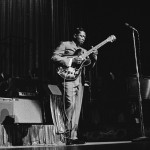 play_arrow
play_arrow
Red, White and the Blues BMPAudio
 play_arrow
play_arrow
The Science Of Happiness 70: How To Love People You Don’t Like BMPAudio
 play_arrow
play_arrow
The Science of Happiness 69: What’s Your “Why” In Life? BMPAudio
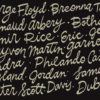 play_arrow
play_arrow
The Science of Happiness 68: From Othering to Belonging BMPAudio
 play_arrow
play_arrow
The Science of Happiness 67: Taking Small Steps toward Big Goals BMPAudio
 play_arrow
play_arrow
1A Memorial Day Special BMPAudio
 play_arrow
play_arrow
The Science of Happiness 66: How to Connect When You Must Stay Apart BMPAudio
 play_arrow
play_arrow
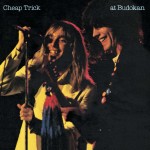 play_arrow
play_arrow
 play_arrow
play_arrow
The Science of Happiness 64: Helping Kids Think About the Good BMPAudio
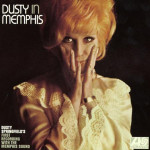 play_arrow
play_arrow
 play_arrow
play_arrow
The Science of Happiness 63: Remembering to Breathe BMPAudio
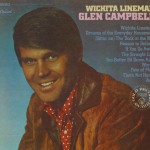 play_arrow
play_arrow
 play_arrow
play_arrow
The Sounds of America: “Hello Muddah, Hello Fadduh” BMPAudio

 play_arrow
play_arrow
Voices in the Hall: Linda Ronstadt BMPAudio
Linda Ronstadt is one of the most versatile, successful, and influential vocalists of our time. The woman who many consider to be the top female rock ‘n’ roll vocalist of the 1970s has often sung country music and collaborated with Nashville-based singers and writers such as Emmylou Harris, Dolly Parton, and Paul Craft. Ronstadt has sold more than 100 million albums in her career. A Kennedy Center Honoree in 2019, she is the subject of a new documentary called Linda Ronstadt: The Sound of My Voice.
Unlike most of the guests on Voices in the Hall, I’d never spoken with Linda Ronstadt before interviewing her for this podcast. We have some mutual friends—Emmylou Harris, John and Fayssoux Starling, Mike Auldridge, and John D. Souther among them—but I’ll admit to some nervousness in speaking to someone whose voice has been in my brain since childhood.
I think of her as a dominant pop singer, as the rock ‘n’ roll cover girl for Rolling Stone magazine, as the woman who made a Cub Scout outfit into the most alluring of evening wear (try that, Mr. Rogers!), as someone who moved freely between genres, and as a vocal model for so many country, pop, and rock singers who have followed her, attempted to replicate her power and immediacy, and ultimately either given up or found another path to tread.
Sometimes it seems that the only person not thrilled by Linda Ronstadt’s vocals is Linda Ronstadt. She loves to sing, but is frequently critical of her own singing, most often when it involves the work she did up until 1983’s traditional pop collaboration with bandleader and arranger Nelson Riddle, What’s New. With that album, the leading female rock singer of the 1970s became a torch singer, revealing decades-old songs pop songs as pieces of contemporary expression.
Then she teamed with pals Emmylou Harris and Dolly Parton and triumphed as one-third of the vocal group that came to be known as The Trio, an award-winning, traditional-minded act that sold millions and won a Grammy.
Ronstadt’s was the first episode of Voices in the Hall that we’ve done via telephone, as the singer’s health issues (she has Parkinson’s Disease) prevents her from doing much traveling. But our mutual pals provided common ground that translated between our Nashville museum and her San Francisco home.
What a pleasure to speak with Linda Ronstadt. Hope you enjoy the conversation.


BMPAudio November 8, 2019
About The War and Treaty Michael and Tanya Trotter are The War and Treaty, a celebrated Americana duo that has received praise and admiration from greats including Emmylou Harris, Buddy […]
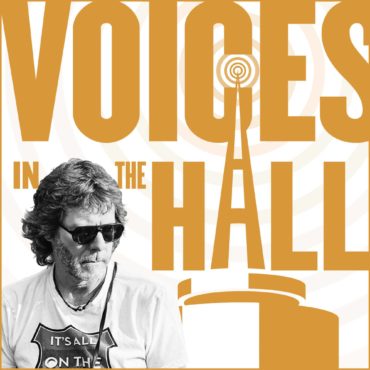

Whether a syndicated national radio series, podcast, documentary or audiobook, BMP Audio creates imaginative, sophisticated and effective sound tracks for your ideas. Our fully digital production facilities assure the highest level of audio fidelity. The world’s top broadcast companies know this – and that’s why they choose BMP Audio.